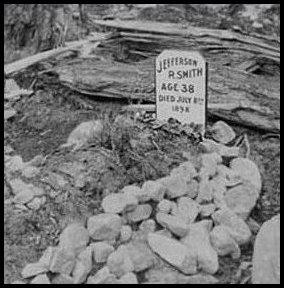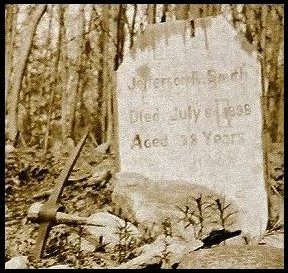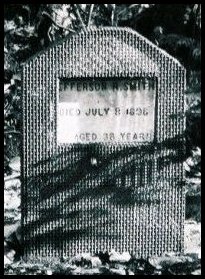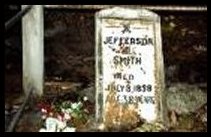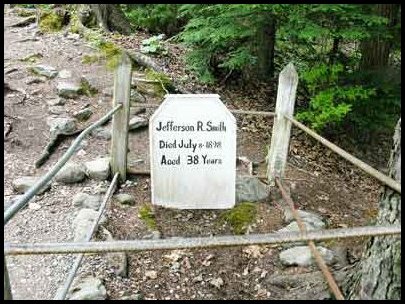
In 1903, the Hoo Hoo bandsmen were playing as the Trib Band, a group sponsored by the Lufkin Weekly Tribune, a forerunner of The Lufkin Daily News.
When Johnny Bonner of Houston, a hometown boy who made a fortune in lumber and oil, paid a visit to Lufkin, he was so enamored by the band that he asked them to accompany him to a Milwaukee convention of the International Concatenated Order of the Hoo Hoo, a fun-loving lumberman’s fraternity that had been established in 1892 at Gurdon, Ark.
The band was such a hit in Milwaukee in September of 1903 that the fraternity named the band its official band. After that, everywhere the band went, it was known as ‘The Famous Hoo Hoo Band.”
For the next 12 to 15 years, the band played at Hoo Hoo conventions, Elks Club gatherings and other events all over North America.
In 1904, the band was the only Texas band allowed to play concerts on the midway of the World’s Fair in St. Louis.
In 1904, a newspaperman said “the young men played without pay and were delighted to do it.”
Lufkin employers supported the band by providing jobs for the young men. It became commonplace knowledge that musicians had preference over other young men seeking jobs at local companies.
W.C. Trout of Lufkin Foundry and Machine Company (now Lufkin Industries Inc.) and Joseph Kurth at Angelina County Lumber Company not only carried musicians on their payrolls, but allowed them to take off from work to travel and perform with the band.
The band members who appeared at the Milwaukee convention were brothers Tom, Norris and Will Humason, cigar maker Otto Lang, telegraph operator V.G. Blake, upholsterer Charles Cheneval, oilman Charles L. Bonner, contractor Conrad Rausch, electrician Harry Barnard, lumber checker W.E. West, bottler A.J. Glenn, clerks W.E. and C.D. Stegall, tinner Sam Kerr, painter George Schmidt, and city marshal C.M. (Kit) McConnico.
In Buffalo, New York, Johnny Bonner — who started the band down its road to fame — was named “Junior Hoo Hoo of the Supreme Nine,” a title equal to a traditional second vice-president.
And in a few years, Bonner ascended to Hoo Hoo’s presidency, known as “The Grand Snark of the Universe.”
At home, bandsmen became the nucleus for Lufkin’s first fire department with C.N. Humason as fire chief and Sam Kerr as secretary-treasurer.
The band also established a rehearsal hall on Cotton Square and inspired Lufkin businessmen to invest in the construction of the Lufkin Opera House, where some of the finest plays and music events in Texas were held before the building burned in the 1920s.
Dr. J.P. Hunter, an early bandsman and dentist, built a “picture show” on Cotton Square. And, when World War I exploded in 1917, Kit McConnico raised one of Texas’ largest companies of soldiers, but died of a fatal illness before he could go to France with his men. Today, a Lufkin park bears his name.
As its members grew older and school bands began to replace town bands, the Hoo Hoo Band began to dissipate.





 Wilson Mizner
Wilson Mizner Wyatt Earp at 21 in 1869.
Wyatt Earp at 21 in 1869.